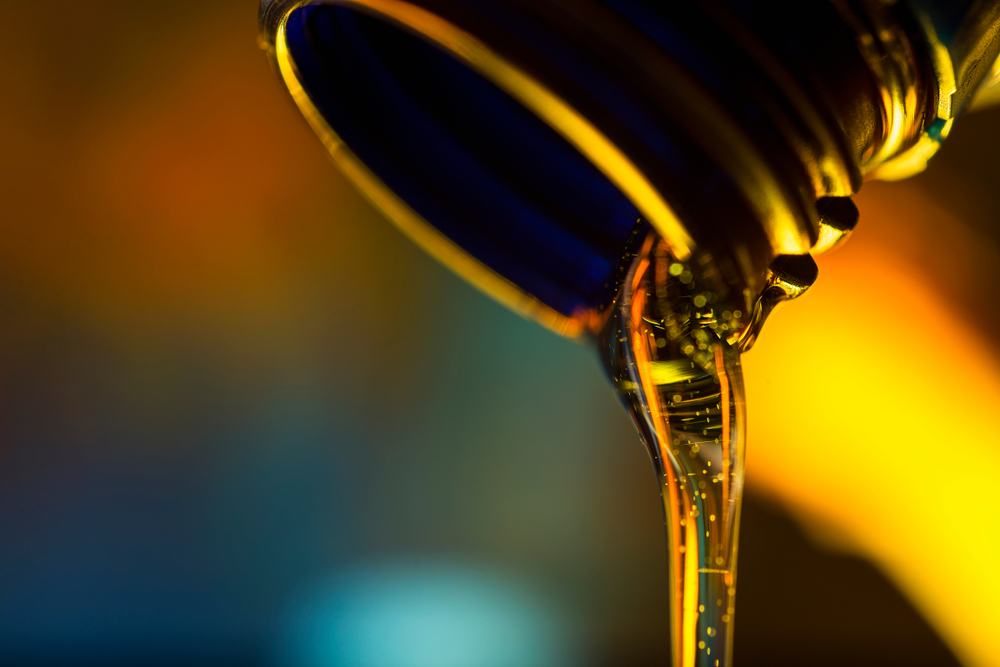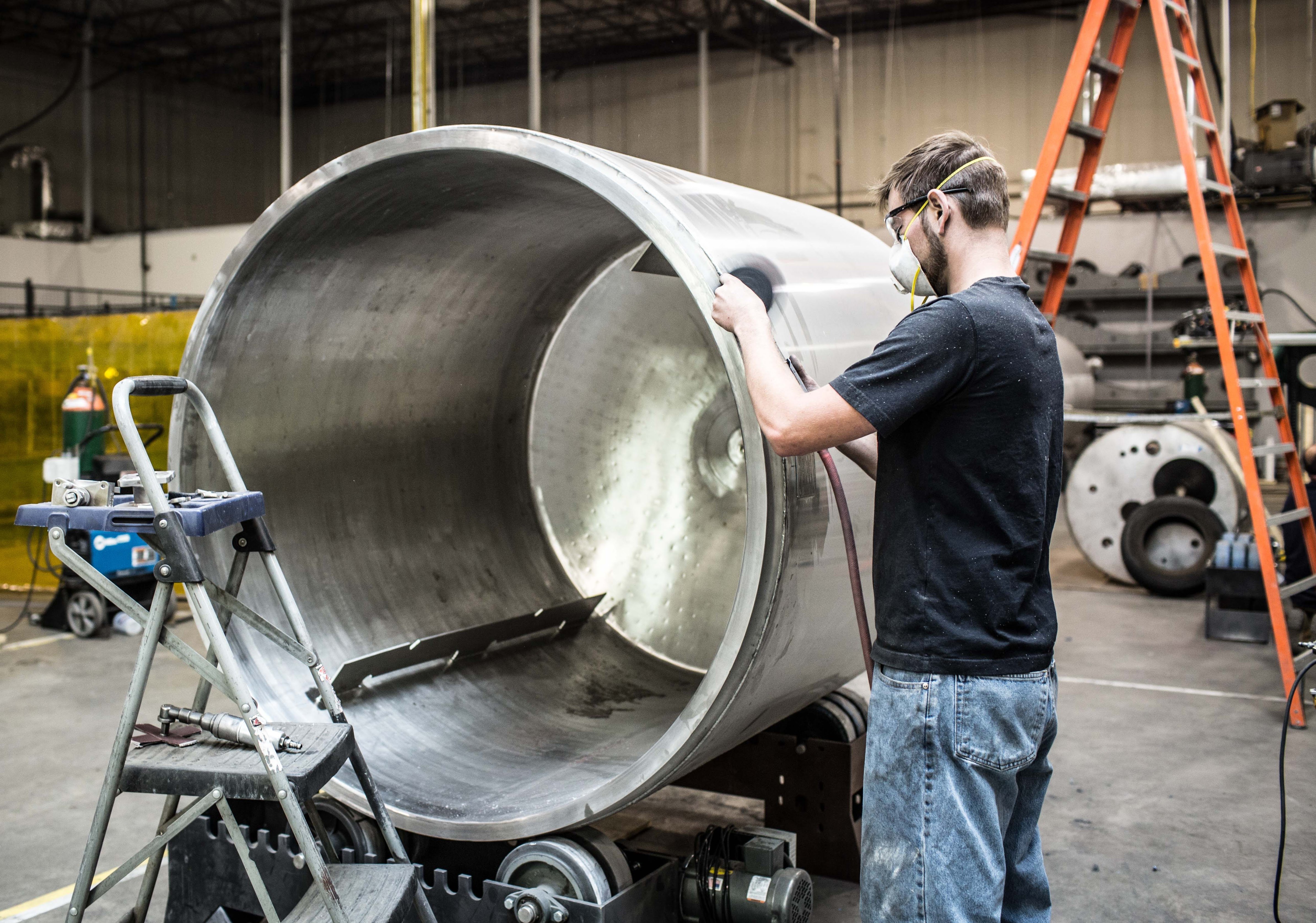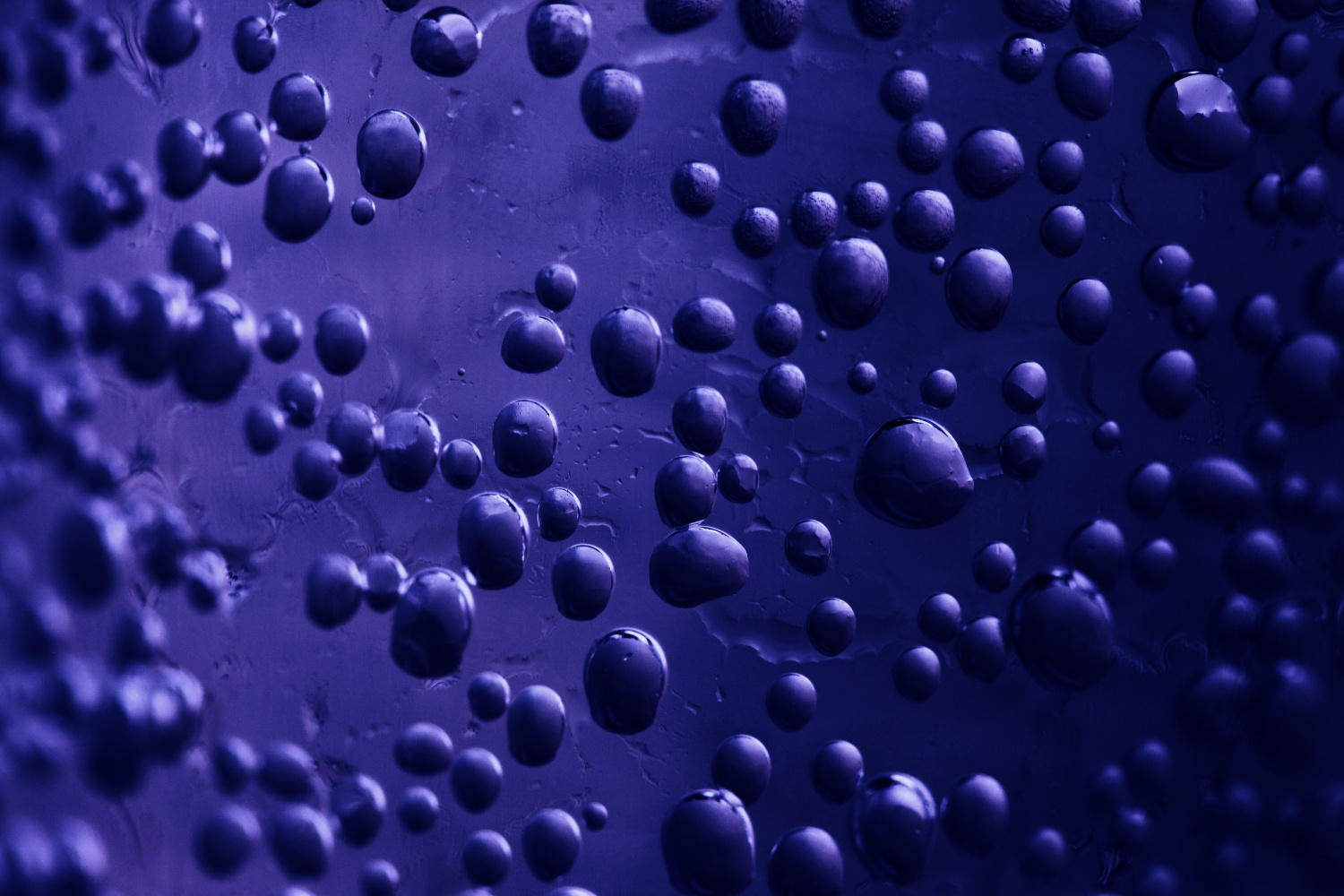Optimizing Your Process: Impellers 101
Today, modern mixing equipment has made mixing processes more time and cost efficient while at the same time delivering more satisfactory results. A...

Viscosity is essentially a numerical value that can explain a fluid’s resistance to flow. It’s sort of like how much friction liquid can have. A basic method to looking for an everyday example of viscosity would be to simply observe the thickness of liquid. Study the difference between the thickness of honey and water. Water would pour much more quickly through a sieve than honey would. The reason is because honey has a higher viscosity (or thickness) than water. It sounds complicated, but it’s actually easy to break down and understand because it’s everywhere in our daily lives.
It will help to understand viscosity by remembering some basics about how particles behave from high school science class. When particles have more energy (or more heat), they can move around each other more easily. Thus, the liquid flows quickly, which is why heating up syrup that’s been in the refrigerator for a while makes it come more readily out of the bottle; the heat lessens the viscosity.
Alternatively, when liquids are cooled, their particles move more slowly because they have less energy. That can increase a liquid’s viscosity, making it more sluggish and difficult to manipulate. In colder temperatures, the particles settle in closer together; there’s less space between the particles, and that means it’s harder for them to move around. Particles that resist movement and have a lower flow rate (which is simply how fast the liquid runs) have a higher viscosity.
Another factor that can affect viscosity is that particles can have different shapes, and bigger particles have a harder time moving around each other than little ones. The particles in molasses are a bit larger than the more compact particles of water, so molasses has a harder time flowing. These abnormally-shaped particles can also cause more internal friction. More friction reduces the flow rate, but less friction increases the flow rate. Think of a child sliding around the floor in socks. There’s less friction on hardwood floors, which increases the rate and speed of the child. Carpet creates more friction, which drastically reduces the speed of the child. Abnormally-shaped particles can be like socks on carpet.
Understanding the role of temperature and friction in fluids is important, but it gets more complicated with non-Newtonian fluids. There are two types of fluids: Newtonian fluids and non-Newtonian fluids. Newtonian fluids are simple; they have a viscosity that stays consistent despite the amount of shear stress applied to it. Shear stress in fluids is the pressure created from layers of fluid moving against the other layers of fluid, like planes of fluid moving against and alongside each other. The viscosity of Newtonian fluids can only be influenced by temperature. Oil, for example, has a higher viscosity at lower temperatures, which is why it can be hard to start a car after it snows. In the summer, the car starts easily. Oil is a Newtonian fluid because its viscosity will not change from any other kind of manipulation (if stirred, it won’t become thicker or thinner).
Non-Newtonian fluids can be a little trickier. They have a viscosity that will fluctuate with the amount of shear stress applied to them. Some fluids will have a decrease in viscosity when shear stress is applied. When painting, over time the paint can thicken, and occasionally it’s necessary to stir the paint in order to make it thinner and easier to manipulate. That’s because applying shear stress lessens its viscosity. Conversely, when making a soup that utilizes cornstarch as a thickening agent, it has to be stirred in order to thicken. Adding the shear stress increases viscosity.
Fluids can behave in a variety of ways, which is why it’s crucial for anyone working with any kind of liquid-based material to understand its implications. Every industry has a need for appreciating and implementing methods of utilizing and controlling viscosity.
Consider the food industry. A liquid’s viscosity matters when determining the packaging of products. For example, when filling a container with a liquid, the method of pouring would be determined by its viscosity. The technique for pouring salad dressing into salad dressing bottles would be determined by viscosity- creamier dressings would require having more force behind them to encourage efficiency, as opposed to vinaigrettes, which have a lower viscosity, and would pour more readily. If a product has a really low viscosity, then it may also be helpful to have a flow regulator on the bottle; those vinaigrette bottles frequently come with a flow regulator on the top to prevent too much liquid being dispersed, while ketchup bottles frequently come in plastic containers with lids designed to help you squeeze the bottle and dispense the ketchup. Ketchup also needs to be made at the correct level of viscosity; watery ketchup sounds pretty unappetizing. Viscosity has to be taken into account at every level of design, production and distribution with any type of liquid product.
Of course, that’s just within the food industry, but viscosity matters when it comes to any kind of liquid being dispersed, which is almost every field imaginable. Concrete needs to be in a properly maintained liquid state (construction). If paint is too thin, it runs and blends together, which is good for watercolor paintings, but bad for painting the wall of a room (arts, home décor, even airplanes are painted). Adhesives have to be at specific viscosities because the type of glue needed, whether thin and able to spread out or thick and able to remain exactly where placed, depend on the type of project (carpentry, crafting, etc.).
Lip liner, liquid eyeliner, shampoos, and conditioners all have to be easily dispersed and achieve the desired effect (cosmetics). Medicinal creams that are designed to be rubbed on a rash need to be somewhat thick to ensure complete application; medicines that need to be swallowed necessitate a lower viscosity so they’re ingested more easily. Every industry has to care about viscosity to some degree. All of these products, whether integral to society or seemingly insignificant, come from the importance of understanding viscosity and creating the most efficient and convenient means possible of producing and dispersing these ingenuities.

Today, modern mixing equipment has made mixing processes more time and cost efficient while at the same time delivering more satisfactory results. A...

One common issue that arises in mixing is an undesirable flow pattern. If your mixer is producing an undesirable flow pattern, you may have...

Viscosity is just one example of the engineering terms that applies to many other types of jobs, and is evident in everyday life. By definition,...